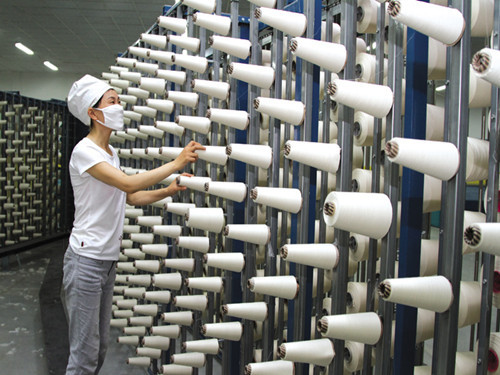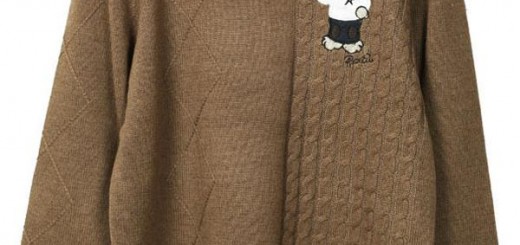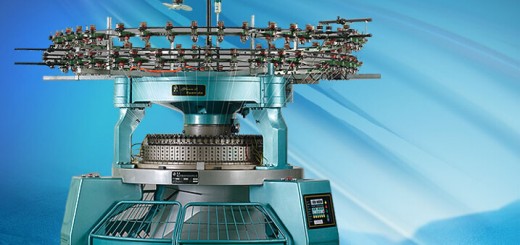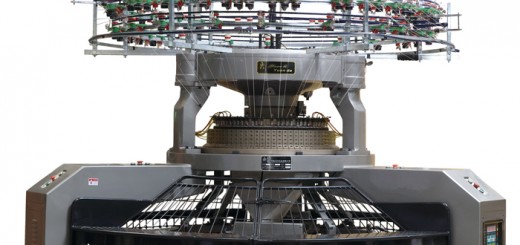According to statistical data of Customs in Urumqi, in January, 2016, export of textile from port of Xinjiang was 3.64 billion RMB, increasing by 76.3%, compared with the same period of last year. Among that, growth rate to Kyrgyzstan was the highest. When analyzing the reason of growing, experts expressed that economical situation in Kyrgyzstan was better than other countries in Central Asia, causing good situation for China exporting textile to Kyrgyzstan.
Based on static, in textile exported from port of Xinjiang, exported yarns, fabrics and products were 800 hundred million RMB, increasing by 36.2% on year-on-year and accounting for 22% of export volume of textile from port of Xinjiang; exported clothing and accessories were 2.84 billion RMB, increasing by 92.2 on year-on-year, accounting for 78% of export volume.
Export of textile in January reversed falling tendency at the end of last year, growing slightly on month-to-month while increasing substantially on year-on-year. Since last October, textile export in port of Xinjiang was falling. In January, export value of textile in Xinjiang was 3.64 billion RMB, reversing the continuous falling having been lasted for three months. Compared with last December, it grew by 14.2% on month-to-month and it increased by 76.3%, compared with the same period of last year.
Experts analyzed the textile export in port of Xinjiang showed the following features: small-scale border export was the highest; normal export grew significantly; private enterprise led the export and export of state-owned enterprises grew by dozens of times.
What should be noted that export to Kyrgyzstan ranked the first and Russia became the second largest export market. In January, export of textile from Xinjiang to Kyrgyzstan was 1.56 billion RMB, increasing by 59.3% on year-on-year.
Experts pointed that reasons causing growth rate of textile export in Xinjiang to highly grow was development in supply lateral reform. Influenced by tail-raising factors in the end of last year, in the past ten years of the 11th Five-Year-Plan and the 12th Five-Year-Plan, textile industry was leading supply lateral reform. The reform of industrial structure and product structure made a progress. Although textile export in Xinjiang fell, warped-tail phenomenon was shown in last December and the influences appeared in this January.
Meanwhile, Russia was faced with economic crisis. Rouble devalued, large numbers of foreign labor quitting and domestic output fell. Import substitution effect was shown. The shadow of economic crisis is covering Russia. Rouble highly devaluing caused workers’ income to decrease. Amount of foreigners working in Russia are quitting, especially Tajik and Uzbekistan. To some extent, the reduction of quantity of workers directly resulted in labor decreasing and output falling in labor-intensive industry such as textile industry. Added with cheap and fine Chinese textile products, import substitution effect is formed on Russian market.
Kyrgyzstan has the best economic growth in Eurasian Union. Relatively good economic situation maintains import velocity. Based on data, GDP in Kyrgyzstan was 423.6 billion COM in 2015, increasing by 3.5% on year-on-year. Inflation is maintained at 3.4%, a lower level. Good economic situation in Kyrgyzstan bring good situation to china to export textiles to Kyrgyzstan.
The strategy of One Belt and One Road will push textile enterprise into international market. In the strategic framework of OBOR, amount of politic, diplomatic and economic resources will be invested, bring a safe steady long-term economic geography to enterprises to exploit market along the countries. Further advance of strategy will highly improve potential efficiency of supply chain of textile in the region, promoting Chinese textile enterprises to carry out vertical integration of industry chain and multinational configuration of capacity in different regional countries.
In terms of future development, experts point out that, with automation, intelligence and greening of textile industry updating, on the one hand, textile industry should continues raising labor productivity, on the other hand, more effective quick response supply system should be built up.





